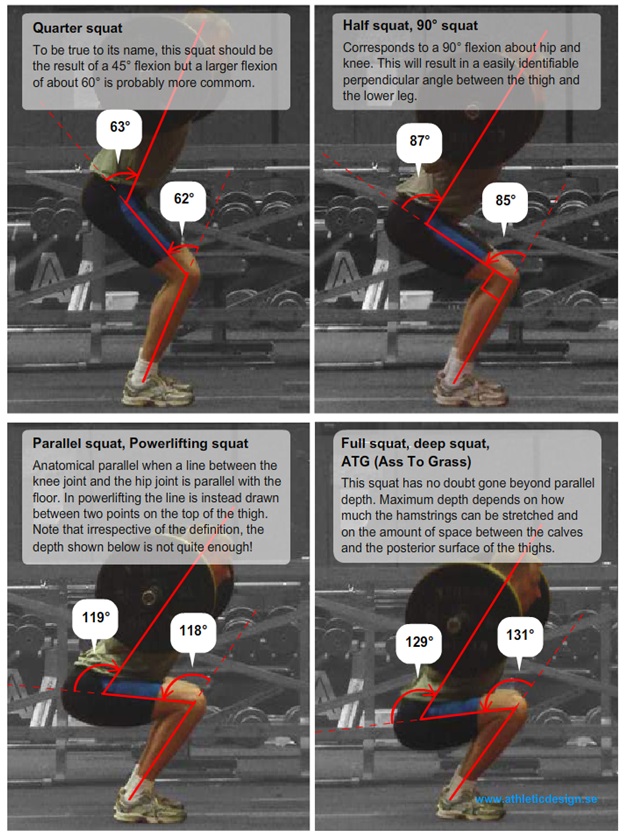- Quarter squat
- Half squat
- Parallel squat
- Full/Deep/ATG squat
When you bend forward your abdominal muscles contract, compressing the
internal organs, forcing them downward into the pelvic basin and upward
into the diaphragm. Through this intra-abdominal pressure mechanism there is a decompression of the two lowest vertebral disks (L4/5 and L5/S1).
This decompression may be as great as 30 percent or as low as 6 percent. Regardless of the magnitude of the decompression, the important point to remember is that these two lumbar disks carry the greatest load of all spinal disks. If the intra-abdominal pressure mechanism is weakened or faulty, it will proportionally affect the other mechanisms, leaving the lower lumbar disks at a high risk for injury.
Now, I have also read this article on 70’s big about belts, along with a lot of what Rippetoe says about them, and these points are persuasive, even if the science doesn’t back them up. So, at some point in the future, I will perform some multi-month experiments with belts and see what conclusions I can reach (I am particularly intrigued with the statement that belts make you stronger even when you don’t use them).
But for now, based on the lack of solid research showing the usefulness of the belt and ample evidence that large weights can be moved safely without a belt, I’m going to stick with completely raw, ATG squatting.





Recent Comments